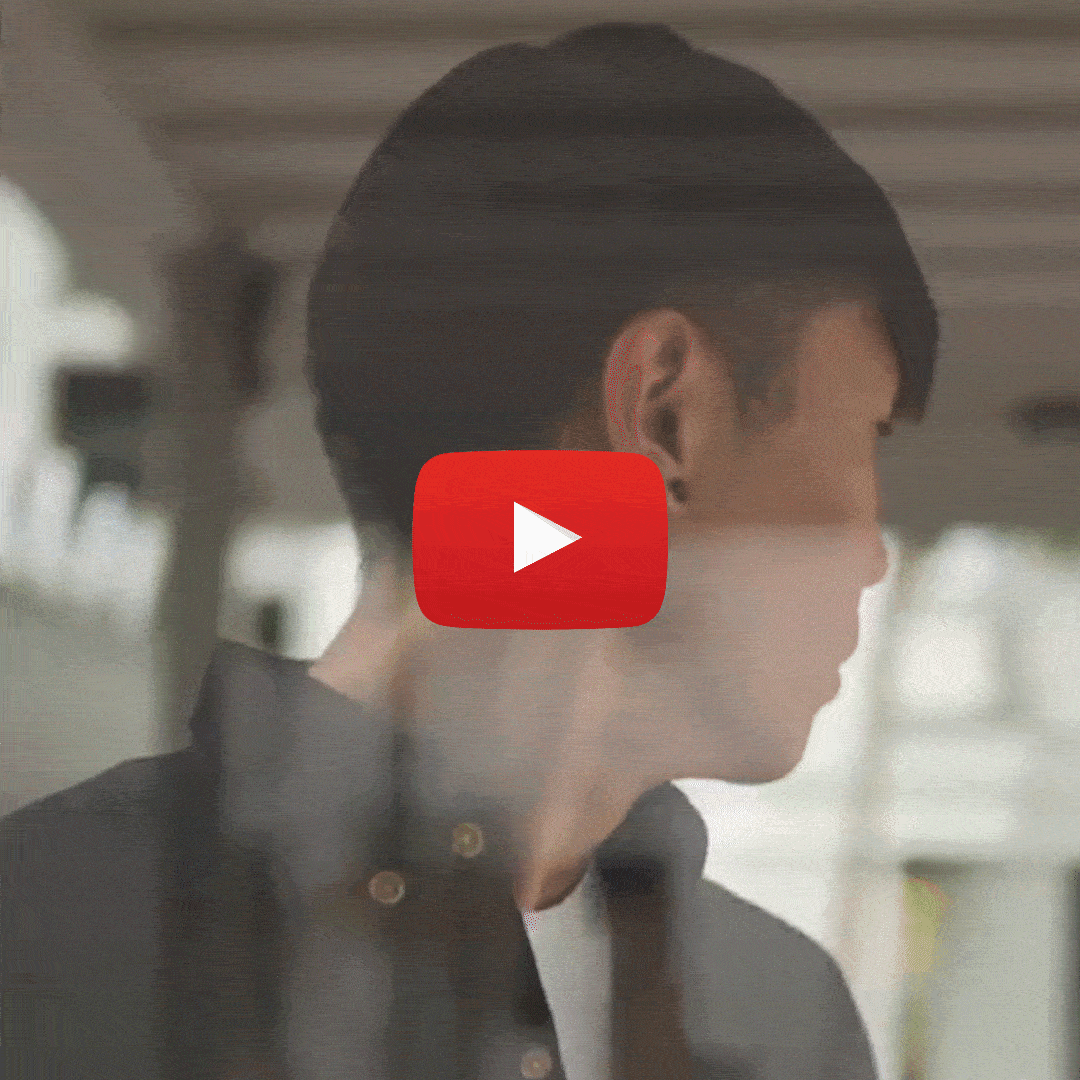In a previous article, we gathered a list of the best mooncake deals in town.
Sensing the urgency in mooncake shoppers, we skipped through the niceties of introducing the snack and went straight to the point: promotions.
But, now that everyone’s presumably got their discounted mooncakes, it’s time to acquaint ourselves with the future tenants of our tummies (and waistlines).
Gimme a second to put on my long white beard and flowing robe – I hereby present to you ten interesting facts about mooncakes.
1. Mooncake Origin: Romantic Edition
Do you remember Hou Yi? The dude who shot down nine out of ten suns – vibranium ain’t got nothing on his indestructible arrows.

Besides being an excellent archer, Hou Yi apparently makes a good husband as well.
After saving us all from dying of heatstroke, he received an immortality elixir as a reward.
Hou Yi gave the elixir to his wife, Chang’e, who possibly inspired him to commit the heroic act by complaining non-stop about getting too tanned.
An apprentice then grew jealous and tried to steal the elixir. In order to stop him, Chang’e drank it all. She became the Moon Goddess of Immortality and flew to the moon.
Devastated by the separation, Hou Yi continued to show love to his wife by laying out cakes under the moon for her to see – thus the name mooncake.
2. You Can Pray for A Happy Marriage Over Mooncake
As far as we know, Chang’e doesn’t have TikTok on Moon. So how does she kill time?
Turns out having a cosmic vantage point has allowed her to spot soulmates for earthlings – she fills her schedule by playing matchmaker.
The Moon Goddess would tie lovers together with magic silk that is invisible to mortals.
In the olden days, unmarried men and women used to pray under the full moon, over our beloved confection, for a spouse.
They put their hopes in an undoubtedly very bored Moon Goddess for a happy marriage.
In oppose to Yue Lao, whom I’m sure is in high demand, maybe Chang’e can respond to your request in a more timely manner.
3. Mooncake Origin: Revolution Edition
Is the Hou Yi story too cheesy for you? Perhaps this one’s more up your alley.
Legend has it that mooncakes were an agent of revolution.
Ming revolutionaries, led by Zhu Yuanzhang, needed to secretly coordinate a revolt against ruling Mongols.
They devised rumours of a deadly disease and mooncakes being the only cure, which they generously distributed to the people.
When cut open, the unassuming pastry revealed hidden messages within, telling of an uprising on the 15th day of the eighth lunar month.
The day is now known as the Mid-Autumn or Mooncake Festival.
Advertisements
4. Mooncakes Were an Encryption Tool
In line with the ‘hidden messages’ aspect of mooncakes, there’s a specific way to cut them.
It is said that during the Yuan period, set-of-four mooncakes used to be printed on with scrambled messages. They each had to be sliced into eighths and pieced together to form the message.
After that, evidence was destroyed when the mooncakes were eaten.
Encryption tools used to be edible? Ugh, the digital age sucks.
5. Mooncakes Were Once Called “Hu Cake”
During the Han Dynasty, official Zhang Qian visited the western regions of China in the second century.
Advertisements
He brought back sesame seeds and walnuts from ethnic minority areas known as “Hu”. These ingredients became common in mooncakes, giving them the name “Hu Cake”.
The name stuck until the Tang Dynasty (618-907), during which cake shops populated the Tang capital of Chang’An.
On Mid-Autumn Festival, Emperor Xuanzong tried a Hu cake and marvelled at its taste.
His concubine, Lady Yang, suggested changing its name to mooncake upon seeing the full moon in the sky.
6. All Family Members Share a Mooncake
Ancient Chinese emperors from the Zhou period over 3,000 years ago worshipped the full moon for a bountiful harvest. The practice was later adopted by the masses.
Advertisements
Mooncakes were a popular offering to represent the full moon, which is supposed to be the biggest and roundest during the festival.
Apart from that, mooncakes symbolize family reunion.
As such, a single mooncake is to be shared among all family members in traditional custom. Each member gets an equal-sized piece of the pastry.
Imagine the fight over the extra piece in odd-numbered households.
As for us, we’re just gonna pretend we never read this and carry on devouring whole mooncakes by ourselves.
Advertisements
7. The Largest Mooncakes
On 19 Sep 2013, a culinary team broke records at the Parkside Plaza at Changfeng and Shanghai Marriott Hotel Changfeng in Shanghai, China.

They created a 2,496.4 kg mooncake with a 2.57 m diameter. It became the largest mooncake to date.
15 professional chefs spent three days cooking it up. A total of 100 grams of oil, 300 kg of sugar, 500 kg of flour, 4000 egg yolks and 2,300 kg of lotus seed paste went into its making.
Advertisements
8. Snow Skin Mooncakes Are Healthier
Traditionally, mooncakes are baked with lard and sugar and have fillings like salted duck egg yolk, lotus seed paste and red bean.
In the late 1960s, people grew aware of its high sugar and oil content.
They subsequently invented snow skin mooncakes. The mochi-like crust is developed with glutinous rice, and the fillings are replaced with fruits.
The non-bake variety of the confection serves as a healthier alternative.
9. There Are Ideal Mooncake and Tea Pairings
Too much of a good thing is a bad thing.
Advertisements
The saying rings true when eating mooncakes. The sweetness and rich texture can get overwhelming if you eat too much in one sitting.
To balance it out, people drink tea to cleanse their palate. These are reportedly the most ideal pairings of mooncakes and teas:
- Nut Mooncake – ripe Pu’er tea or red Chinese tea
- Lotus Seed mooncake – Oolong tea or raw Pu’er tea
- Mung Bean mooncake – Jasmine tea
- Red Bean mooncake – Taiwan Oolong tea or green tea
- Snow skin tea – fruity red tea
10. One Mooncake = 1,000 Calories
Before we end the list, allow me to enlighten you with this delightful information: a single mooncake packs 1,000 calories.
To be exact, baked mooncakes tend to contain 700 to 1,000 calories, thanks to the notorious amount of sugar and fat.
Perhaps we should revisit that “share a mooncake with the entire family” idea, ya?
Advertisements

















